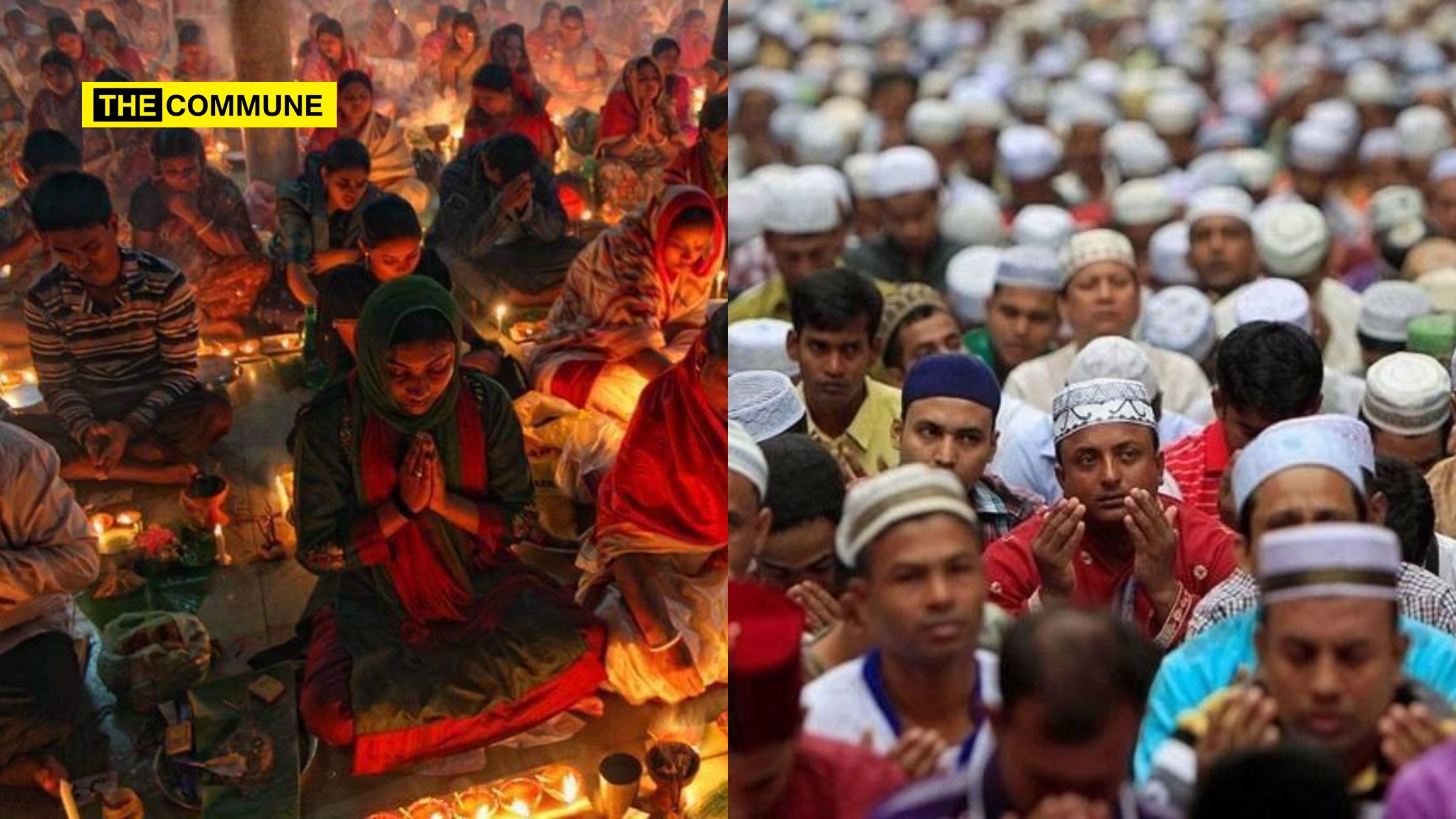
A report by the Economic Advisory Council to the Prime Minister (EAC-PM) indicates a significant decline in the proportion of India’s majority religion, Hindus, by 7.8% from 1950 to 2015. Meanwhile, neighboring countries experienced a surge in the population of their predominant communities.
India saw a decrease in the Hindu population share, while minorities such as Muslims, Christians, Sikhs, and Buddhists witnessed an increase. However, the Jain and Parsi populations declined during the same period.
Between 1950 and 2015, the Muslim population share increased by 43.15%, Christians by 5.38%, Sikhs by 6.58%, and Buddhists slightly increased.
The Hindu population share in India decreased from 84% in 1950 to 78% in 2015, while the Muslim population share increased from 9.84% to 14.09%. This decline in the majority population is the second largest in the immediate neighborhood after Myanmar, which experienced a 10% decline.
Apart from India, Nepal also witnessed a 3.6% decline in its Hindu majority population share.
The study, released in May 2024, examined demographic trends in 167 countries worldwide.
The authors emphasize that India’s demographic changes align with global trends, showcasing minorities’ thriving status in the country despite contrary perceptions.
India’s population dynamics contrast with its neighboring Muslim-majority countries like Bangladesh, Pakistan, and Afghanistan, where the Muslim population share increased.
Pakistan, despite the partition in 1971, observed a 3.75% increase in the share of Hanafi Muslims and a 10% increase in the total Muslim population.
Myanmar experienced the largest decline in the majority Theravada Buddhists’ share, while Nepal and Maldives also saw declines in their Hindu and Sunni Muslim majorities, respectively.
However, countries like Bhutan and Sri Lanka, with majority Buddhist populations, witnessed an increase.
The study indicates that changes in minority proportions reflect societal inclusivity, fostered by policies and institutional frameworks.
While the study doesn’t delve into causality, it suggests that India’s policies have nurtured diversity, leading to increased minority representation.
Subscribe to our channels on Telegram, WhatsApp, and Instagram and get the best stories of the day delivered to you personal.




